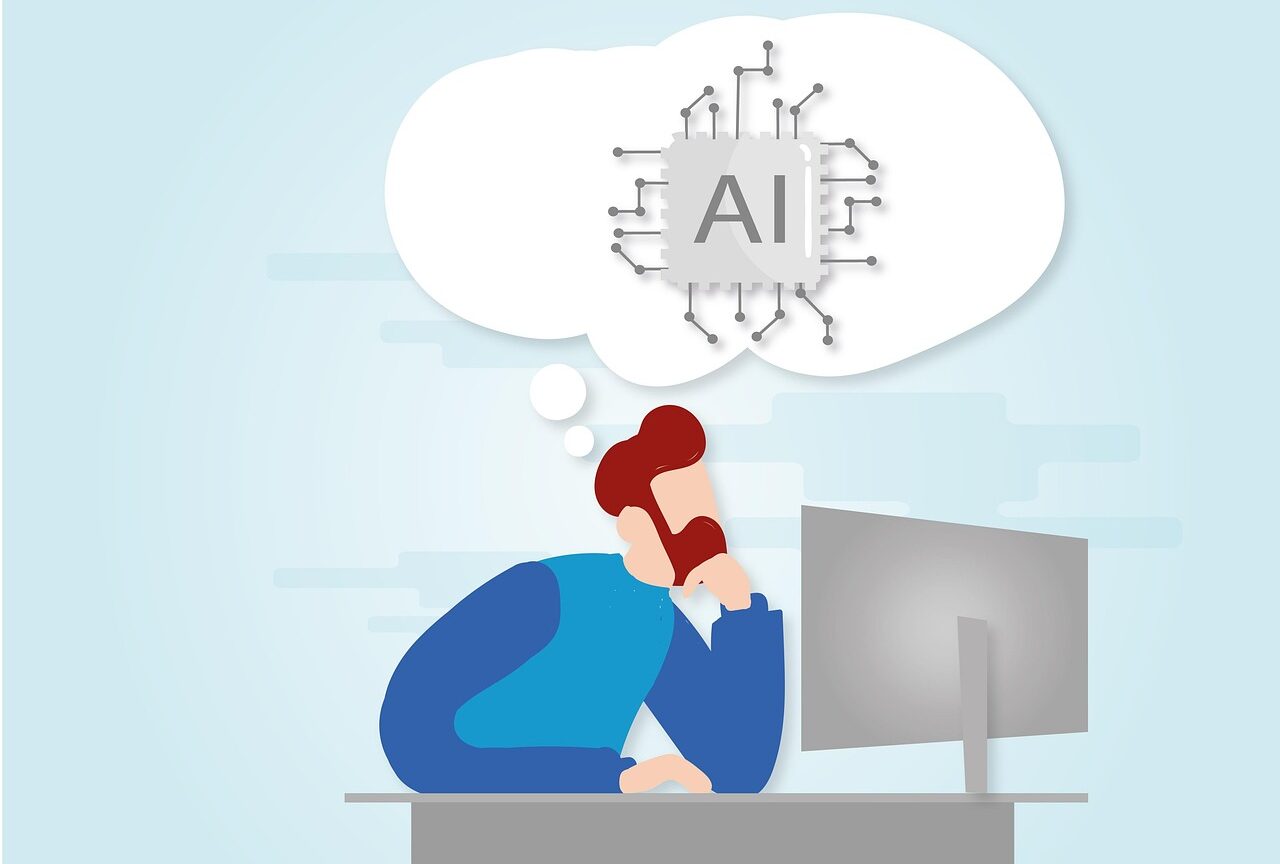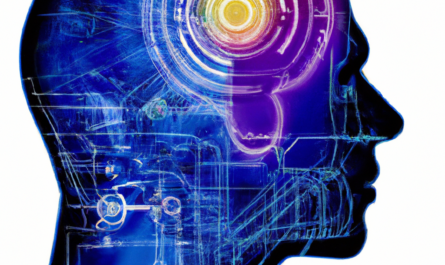ChatGPT was created by OpenAI using a machine learning technique called deep learning, specifically a type of model known as a transformer neural network. Here’s a simplified breakdown of how it was built:
1. Base Technology: The Transformer
- Introduced in a 2017 paper called “Attention Is All You Need”, transformers are designed to understand and generate human-like language.
- They process words in relation to all other words in a sentence (via “attention”), which makes them much better at understanding context.
2. Pretraining (Learning Language)
- The model was trained on a large corpus of text from the internet (books, websites, articles, etc.).
- It used a technique called unsupervised learning, where it learned to predict the next word in a sentence. For example:
- Input: “The cat sat on the”
- Target: “mat”
- This phase is called pretraining, and it helps the model learn grammar, facts, reasoning, and basic world knowledge.
3. Fine-Tuning with Human Feedback
- After pretraining, the model was fine-tuned using Reinforcement Learning from Human Feedback (RLHF):
- Human reviewers ranked model outputs based on quality.
- These rankings were used to train a reward model.
- The model was then optimized to generate responses that humans rate more highly.
- This is what makes ChatGPT more helpful, honest, and aligned with user intentions.
4. Continuous Updates
- OpenAI continues to improve the model with new training methods, safety features, and user feedback.
- ChatGPT now runs on GPT-4 (as of 2024), which is more powerful and refined than earlier versions.




